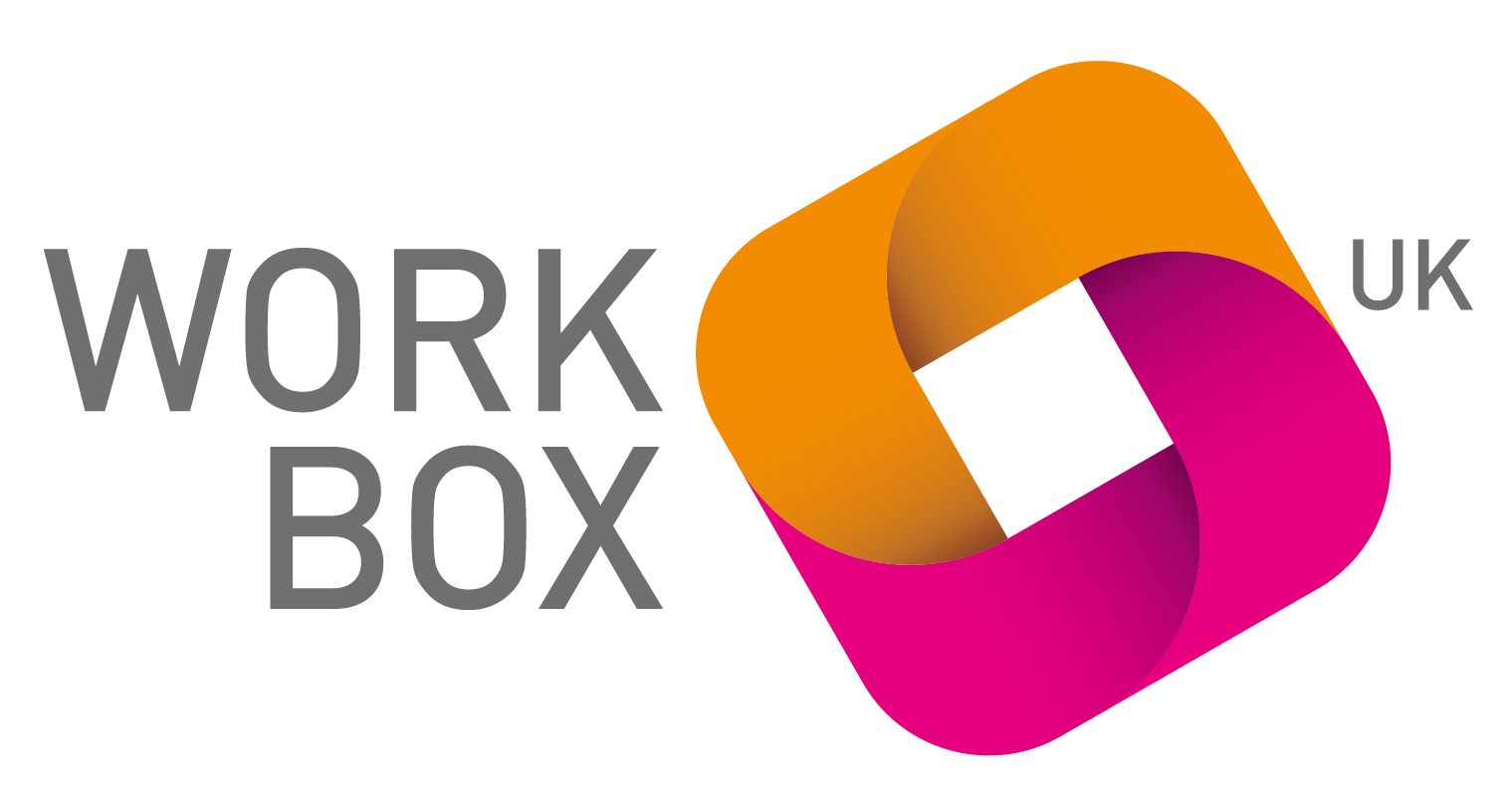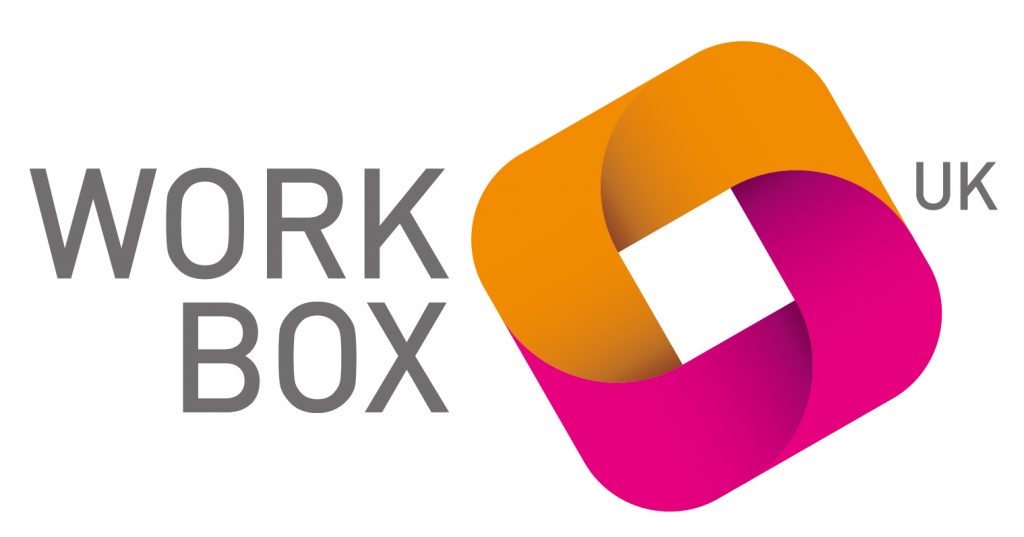The project manager is the glue that holds a design and build project together. They ensure that team members know what they are doing and set deadlines for task completion. Organisation is integral to this role, making sure that the correct resources are in place and individual tasks are undertaken in a given time frame. Project managers are there to put the plan in motion. Therefore, it is vital that they are good at communicating ideas and can be trusted to carry out the plan.
What are the advantages of Design-Build contracts over more traditional methods?
Detail is everything. The project manager’s role is to make sure everything goes smoothly, mitigating potential mistakes to ensure the project is completed to schedule and budget.
Not only will a project manager put a client at ease, they will also ensure complete control of the project from conception to completion. From health and safety, to minimising workplace disruption, a good project manager oversees every stage. This means that the project is more likely to be completed in line with the original plan.
The project manager for a design-build contract is the sole source of responsibility. So, the employer doesn’t have to find numerous specialists for each role for different jobs, as this will be handled by the design-build team.
Managing budget from the start is another advantage as the owner will have a clear idea of overall costs. Having design and construction experts on the project at the same time ensures that problems are identified at the beginning which strengthens communication throughout the rest of the project.
Where to start?
Start by getting everyone together to ensure all stakeholders are on the same page before the project begins. This meeting will let the entire team know the objectives, risks and what is expected of the outcome. A presentation is a great way for a project manager to share their initial ideas with everyone, creating an opportunity for new ideas to be discussed from the outset.
Getting to know the team is another important aspect. By taking the time to do this, the project manager can discover key skills, and use each team member appropriately.
Collecting the right tools is also fundamental. Speak to the team and ask them what they require to get the job done. Having these tools in place will ensure efficiency from the get-go. An online collaboration space is a great idea. This lets people share plans and ideas in a space that everyone involved can see.
WHAT’S NEXT?
The project manager needs to be open to accepting workers who wish to make adjustments to the project. Encouraging them to ask for adjustments at the start of the project will be useful, as this will cause less disruption further down the line.
Monitoring progress within the team is also key. Overseeing what the team are doing and how far they have progressed, will make it easier to resolve issues should they occur. This progress is then communicated back to the client to ensure complete transparency.
As part of this, everyone (including project stakeholders) needs to be kept up to date with how the project is coming along in regards to milestones that have been completed as well as any problems along the way.
Finally…
Closing the project requires you to complete it. This includes having a meeting with the rest of the team to ensure all aspects have been delivered, as desired.
Need help with Project Management for creating a new space? We can help out with budgets, planning applications and more.


